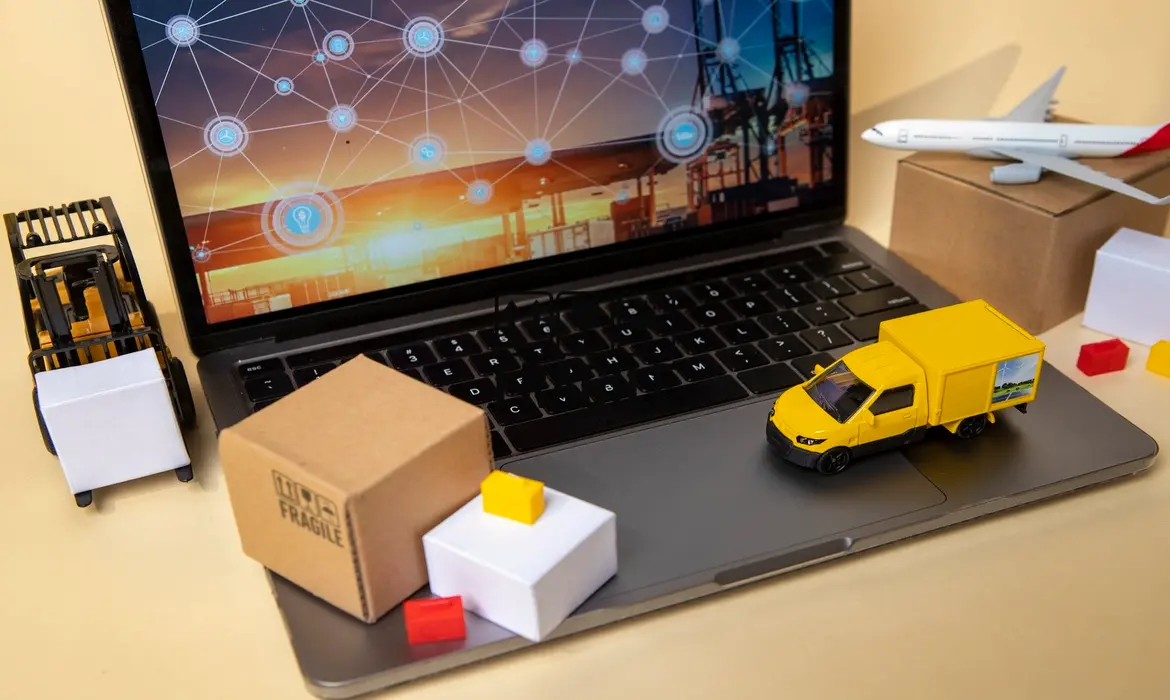Building a Smart Real-Time Fleet Dashboard for Warehouse Operations
Today’s logistics landscape is fueled by speed, precision, and visibility. As B2B operations scale, managing warehouse logistics and tracking fleets in real-time has become a mission-critical need. That’s where digital dashboards step in—not as static interfaces, but as powerful tools that connect data, devices, and decision-makers.
This blog explores how we engineered a real-time warehouse dashboard using React and Mapbox, alongside a mobile companion app built in Flutter, to streamline inventory flow and fleet movement for operational leaders.
Web Dashboards that Keep Operations Moving
Fleet management is no longer limited to GPS tracking. Today’s warehouse managers need insights into what’s moving, where it’s going, and when it will arrive—all in real-time.
With React at the core, we developed a dynamic dashboard that seamlessly integrates fleet routes, inventory flow, and live updates. Mapbox powers interactive maps that visualize every vehicle’s path, from loading dock to delivery.
Key features include:
Real-Time Fleet Tracking: Instant visibility into vehicle status and routing via Mapbox.
Inventory Flow Monitoring: Understand what’s been shipped, what’s pending, and what’s delayed.
Responsive Design: Accessible on desktop, tablet, or large displays in the warehouse office.

Companion Mobile App for Drivers
Warehouse operations don’t end at dispatch. The drivers are the final link—and they need tools, not paperwork.
Using Flutter, we created a lightweight mobile companion app tailored to drivers on the move. It includes:
QR Code Scanning: Drivers scan shipments to confirm pick-up and delivery.
Job Status Updates: Mark loads as picked, en route, or delivered in real time.
Issue Reporting: Capture and submit delivery issues with photos or voice notes.
Flutter’s cross-platform capabilities ensured we could roll out to both Android and iOS fleets without compromising performance. Geofencing was added to automate check-ins and route monitoring.
The Tech Stack That Drives It All
A project like this isn’t just about front-end visuals—it’s powered by a robust backend that ensures smooth sync across users and devices.
What we used:
React + Mapbox: For the dashboard UI and map integration.
Flutter: For the driver app with native-feel experience.
Node.js + GraphQL: To handle real-time data exchange and updates across the system.
The result? A system where updates from a delivery vehicle reflect instantly on the dashboard. Warehouse managers know exactly where delays are happening, and operations can pivot without guesswork.

Why This Matters for B2B Logistics
In logistics, time is money—and visibility is everything. By building this end-to-end system, we helped a logistics provider:
Drastically reduce delivery ambiguity
Improve inventory accuracy
Empower both managers and drivers with clear, connected tools
This solution positions your brand as a leader in enterprise tooling, real-time tracking, and modern operational efficiency.
Q&A: Real-Time Dashboards in Logistics
Q: Why not just use an off-the-shelf logistics platform?
A: Custom systems align better with your unique workflows, branding, and operational logic—especially in B2B environments where one-size-fits-all rarely works.
Q: How does geofencing help in logistics?
A: Geofencing automates job check-ins/out based on driver location, minimizing manual input and increasing timestamp accuracy.
Q: What’s the benefit of using Mapbox over Google Maps?
A: Mapbox offers higher customization, performance benefits, and better map styling options tailored to enterprise needs.
Q: How do you ensure real-time syncing between web and mobile?
A: With GraphQL, we set up efficient data queries and subscriptions so changes on the driver’s app reflect instantly on the manager’s dashboard.
Q: Can this system scale with more drivers and warehouses?
A: Absolutely. The architecture is modular and cloud-ready—designed to handle growing fleets and distributed warehouse teams.

Final Thoughts
A digital dashboard isn’t just a screen—it’s the nerve center of your warehouse operation. With the right tools and strategy, you can turn logistics from a cost center into a competitive advantage.
Whether you’re managing 5 trucks or 50, the right digital ecosystem helps you:
Spot inefficiencies early
Improve delivery accuracy
Make real-time decisions with confidence
And in B2B logistics, that level of clarity drives serious value.

